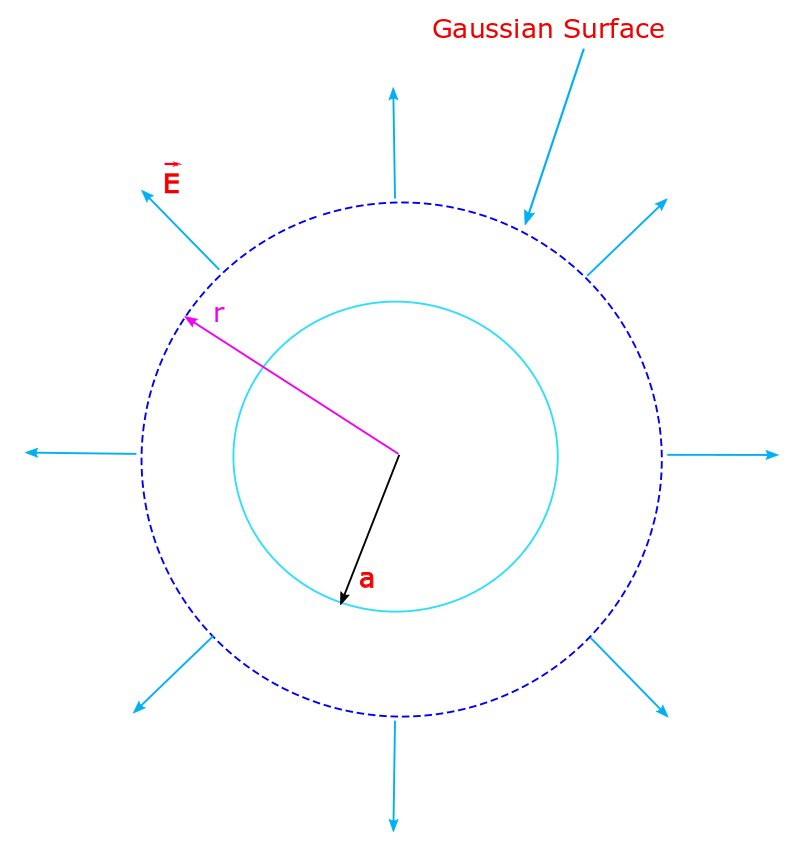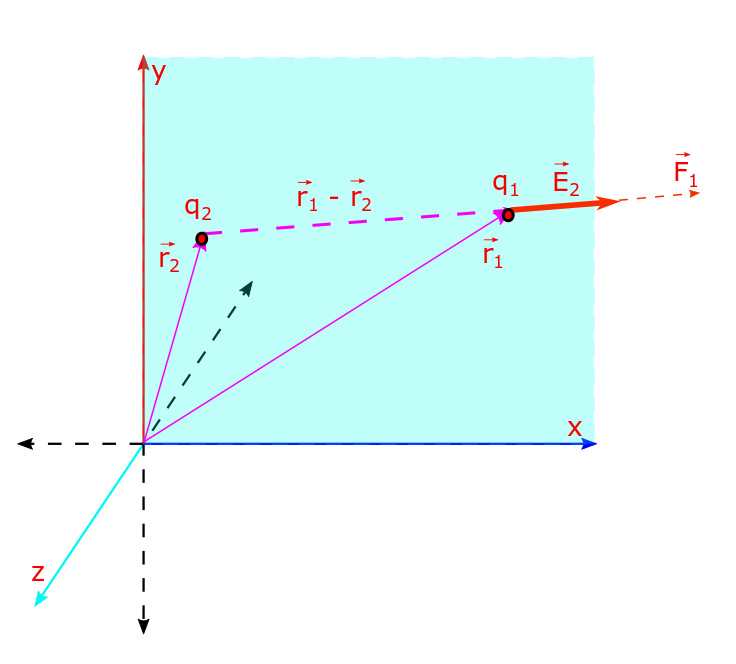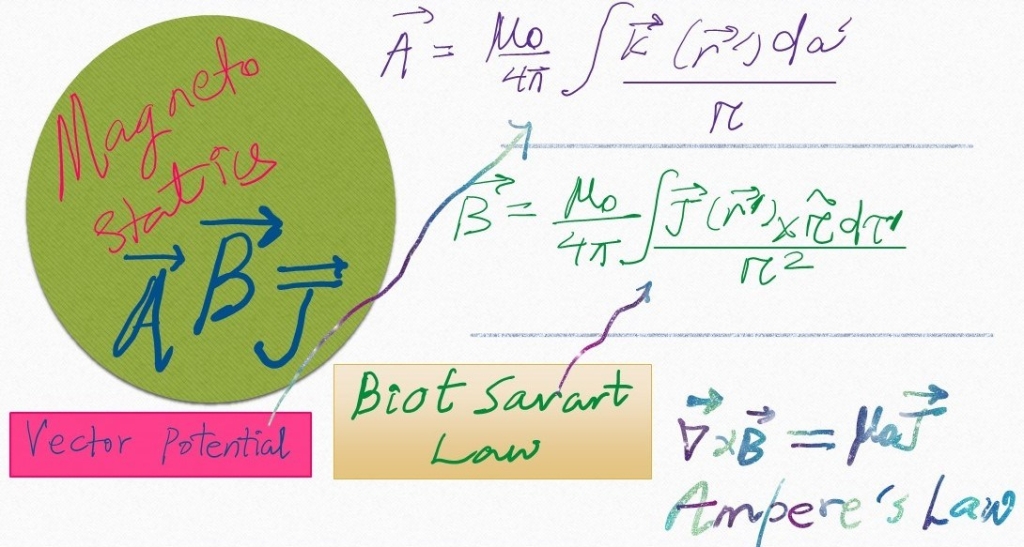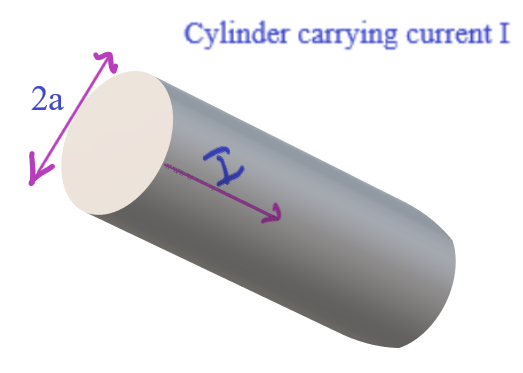Category: basic physics
-

Application of Gauss Law, Spherical Symmetry, Lecture-3
In our last two lectures we laid a good foundation about the concepts of electric field, lines of force, flux and Gauss Law. They can be found here; EML1 and EML2. In the last one we discussed how to apply Gauss Law to find the electric field if cylindrical or planar symmetries are present in…
-

Application of Gauss Law – Cylindrical and Planar Symmetry, Lecture-2
An infinitely long rod of negligible radius has a uniform (linear) charge density of λ. Calculate the electric field at a distance r from the wire. An infinitely long rod possesses cylindrical symmetry. Electric field E must be radially outwards from axis of symmetry of the rod, — for +ve charge. Consider a Gaussian surface…
-

Electric Field and Gauss Law, Lecture 1
Electric field is the amount of Coulomb’s force, that a positive charge of 1 unit experiences at a given position. Its a vector in the same direction as that of the electric force. We will discuss the time independent electric field which is also known as the static field. Advantage over electric force: Coulomb’s force…
-

Magnetic vector potential of a rotating uniformly charged shell.
Today we will solve the problem of finding magnetic vector potential of a rotating, uniformly charged spherical shell. We won’t discuss the general idea behind the vector potential (how it follows from Helmholtz theorem, and gauge freedom etc) and how its defined. That will be part of a conceptual lecture and will be available when…
-

Problem 5.13 Application of Ampere’s Law.
Yesterday we saw an interesting application of the Ampere’s Law (– in magnetostatics and sometimes called Ampere’s circuital law also) for the infinite uniform surface current. Today we will see yet another display of the elegance and efficacy of this law in the following problem. This problem is inherited from Griffith’s text on Electrodynamics (3rd…